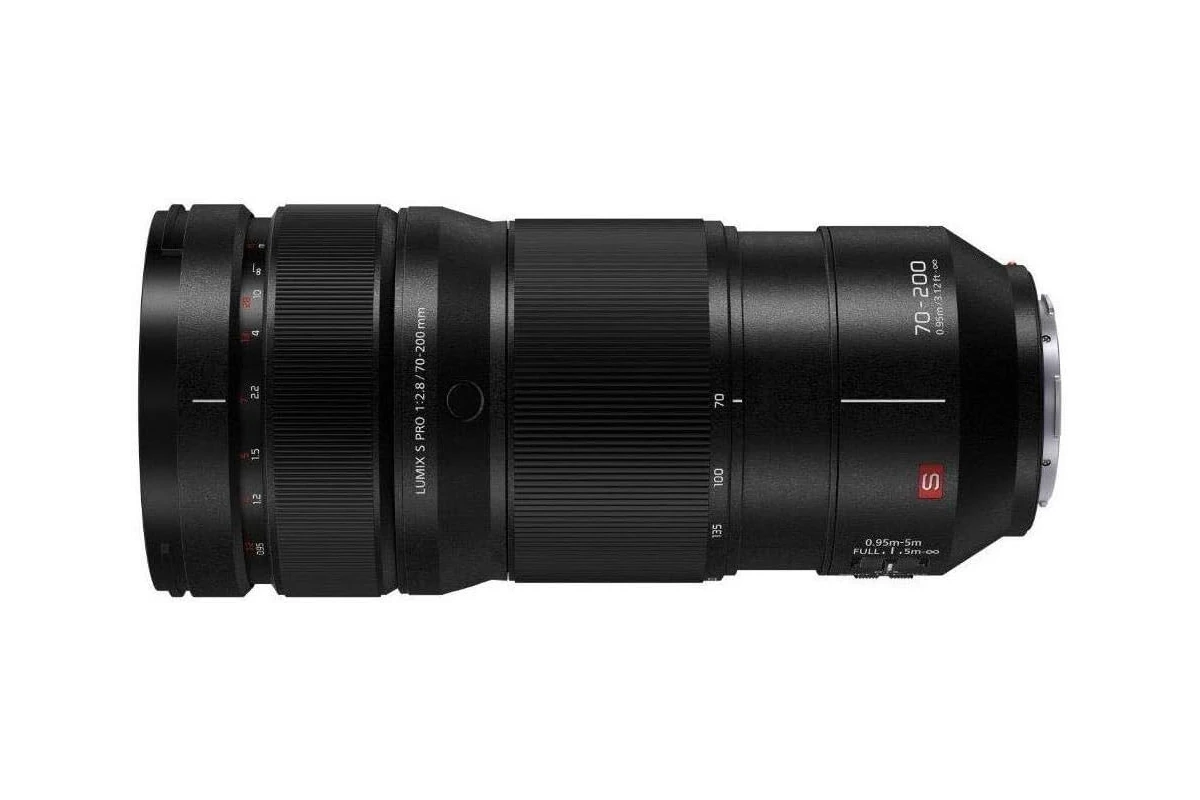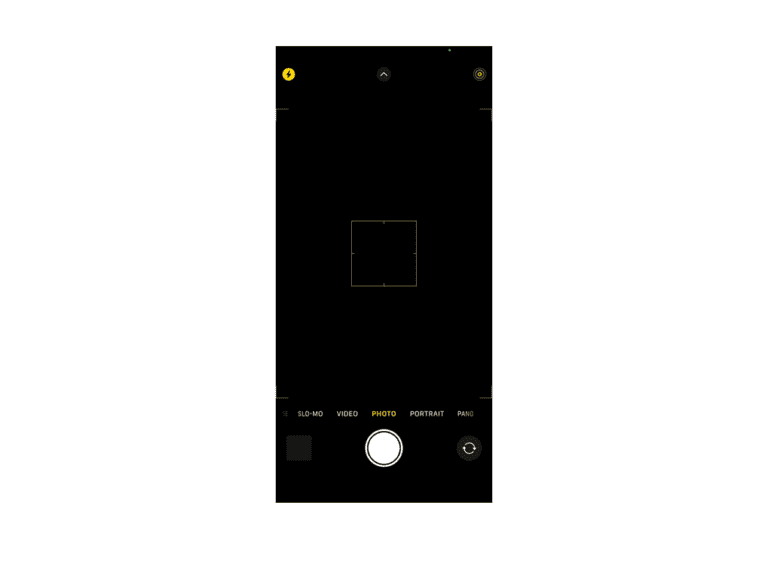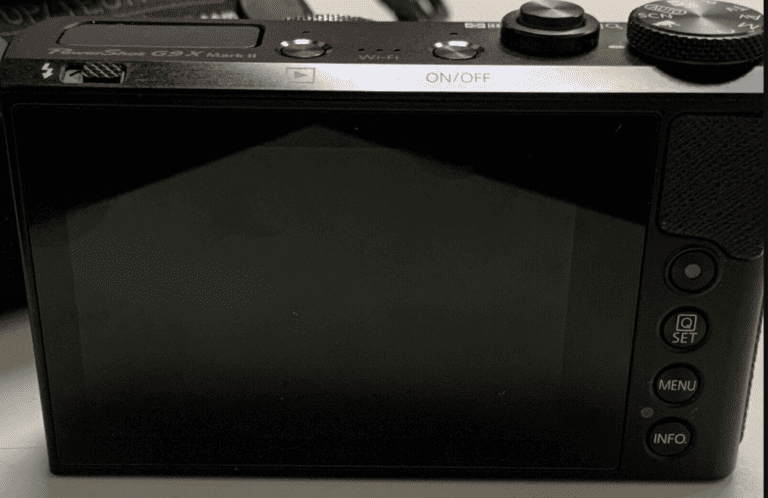Image stabilization technologies have become a vital component in photography, helping to reduce the blur associated with camera shake. Panasonic incorporates this stabilization directly into some of their lenses, providing photographers with a tool to capture sharper images, even in challenging shooting conditions. These lenses, equipped with Optical Image Stabilization (O.I.S.), help to ensure that images come out clear and crisp, no matter the user’s level of expertise. Panasonic’s range of stabilized lenses spans from wide-angle to telephoto, catering to various photographic needs and styles.
Panasonic Lumix G lenses Featuring built-in Optical Image Stabilization (O.I.S.)
| Lens Name | Focal Length | Maximum Aperture | Notes |
|---|---|---|---|
| Panasonic Lumix G Vario 12-32mm f/3.5-5.6 ASPH Mega O.I.S. | 12-32mm (24-64mm equivalent) | f/3.5-5.6 | Compact and affordable standard zoom |
| Panasonic Lumix G Vario 14-42mm f/3.5-5.6 ASPH Mega O.I.S. | 14-42mm (28-84mm equivalent) | f/3.5-5.6 | Common kit lens, lightweight |
| Panasonic Lumix G Vario 14-140mm f/3.5-5.6 ASPH Power O.I.S. | 14-140mm (28-280mm equivalent) | f/3.5-5.6 | Superzoom, great for travel |
| Panasonic Lumix G Vario 35-100mm f/4.0-5.6 ASPH Mega O.I.S. | 35-100mm (70-200mm equivalent) | f/4.0-5.6 | Compact telephoto zoom |
| Panasonic Lumix G X Vario 12-35mm f/2.8 II ASPH Power O.I.S. | 12-35mm (24-70mm equivalent) | f/2.8 | Pro-level standard zoom, fast aperture |
| Panasonic Lumix G X Vario 35-100mm f/2.8 II ASPH Power O.I.S. | 35-100mm (70-200mm equivalent) | f/2.8 | Pro-level telephoto zoom, fast aperture |
| Panasonic Leica DG Vario-Elmarit 12-60mm f/2.8-4.0 ASPH Power O.I.S. | 12-60mm (24-120mm equivalent) | f/2.8-4.0 | High-quality standard zoom |
| Panasonic Lumix G Macro 30mm f/2.8 ASPH Mega O.I.S. | 30mm (60mm equivalent) | f/2.8 | Versatile macro lens |
| Panasonic Lumix G Vario 45-150mm f/4.0-5.6 ASPH Mega O.I.S. | 45-150mm (90-300mm equivalent) | f/4.0-5.6 | Budget-friendly telephoto zoom |
Important Notes:
- Dual I.S. Many Panasonic camera bodies have in-body image stabilization (IBIS) and work in tandem with the lens’ Optical Image Stabilization for even better shake reduction.
- Leica DG Lenses Denotes lenses co-designed with Leica, promising exceptional optical quality.
Where to Find Information
- Panasonic Website: The official Panasonic website https://shop.panasonic.com/collections/lenses
- Retailers: Sites like B&H Photo and Adorama list lenses and often include customer reviews.
Choosing the right Panasonic lens with built-in image stabilization can be crucial for achieving the desired results in photography. Whether for sports, wildlife, or macro photography, Panasonic offers lenses that can aid in capturing the perfect moment. Some lenses feature switches that allow the O.I.S. to be turned on or off, providing users with greater control over their image capture process. These features come particularly in handy when using a lens that does not have stabilization, as Panasonic’s camera bodies often include impressive in-body stabilization systems that work in concert with the lens’ stabilization.
Key Takeaways
- Image stabilization in Panasonic lenses reduces camera shake, producing sharper images.
- Different types of stabilized lenses suit various photographic requirements and preferences.
- Users have control over stabilization settings, thanks to in-built switches or camera body features.
Understanding Panasonic’s Optical Image Stabilization
Panasonic lenses with Optical Image Stabilization (O.I.S.) help photographers take sharp, clear pictures by reducing blur from camera shake. This technology is particularly useful for shots at long zoom ranges or in low-light conditions, where even minor movements can significantly affect image quality.
The Technology Behind O.I.S.
Panasonic has developed a sophisticated O.I.S. system implemented in many of their lenses. O.I.S. works by using tiny gyro-sensors inside the lens that detect motion. These sensors communicate with a microcomputer which directs a group of lens elements to move opposite to any detected motion, thereby canceling out camera shake. This system is very effective for handheld photography and allows photographers to shoot at slower shutter speeds without inducing blur.
- O.I.S. Components:
- Gyro-sensors to detect movement
- Microcomputer to calculate required adjustments
- Moving lens elements to counteract motion
Dual I.S.2 and In-Body Image Stabilization
Panasonic cameras, such as the Lumix S5, S5 II, and S5 IIX, take image stabilization a step further with Dual I.S.2 and In-Body Image Stabilization (IBIS). Dual I.S.2 combines both O.I.S. in the lens and IBIS in the camera’s sensor to correct shake. The result is a more powerful stabilization, permitting even slower shutter speeds or shooting in more extreme conditions. It delivers improved performance, especially when shooting video or using telephoto lenses where camera shake is amplified.
- Dual Stabilization:
- Combines lens O.I.S. and camera IBIS
- Enhanced for video and telephoto lens performance
Lumix GX85: A Case Study
The Lumix GX85 is a prime example of Panasonic’s integration of O.I.S. with camera design to enhance image quality. The GX85 incorporates a 5-axis in-body stabilization which, when combined with O.I.S. enabled lenses, can correct for a broader range of movements, including tilting and panning. This hybrid approach ensures that both still photographers and videographers can achieve sharp, stable footage in a variety of shooting conditions.
- GX85 Stabilization Highlights:
- 5-axis in-body stabilization
- Hybrid O.I.S. and IBIS for better image quality
Selecting the Right Panasonic Lens with Image Stabilization
When choosing a Panasonic lens with image stabilization, it is essential to consider the type of photography you’re interested in, as different lenses excel in various scenarios. Panasonic offers a variety of lenses with built-in stabilization, which is crucial for reducing blur in your photos.
Telephoto Zoom Lenses
For those who enjoy wildlife or sports photography, telephoto zoom lenses are a top pick. These lenses, like Panasonic’s LUMIX G VARIO 100-300mm, often feature optical image stabilization (OIS) to ensure sharpness at long focal lengths. Users benefit from the ability to capture distant subjects without the degradation of image quality typically caused by camera shake.
Wide-Angle and Ultra-Wide Lenses
For expansive landscapes or architectural shots, wide-angle and ultra-wide lenses are the way to go. Lenses such as the LUMIX G VARIO 7-14mm lens provide a broad field of view. Image stabilization is helpful here for handheld shooting in low-light situations, keeping your images crisp and free from the effects of unsteady hands.
Fast Standard Zoom Lenses
Fast standard zoom lenses, like the LUMIX S 24-105mm F4 MACRO O.I.S., are versatile and ideal for everyday use. These lenses often come with a constant aperture, providing consistent image quality and exposure settings across the entire focal length range. Built-in stabilization is particularly beneficial for videographers who require near-silent autofocus and smooth footage.
Macro and Specialized Lenses
For close-up photography, a macro lens with stabilization allows for greater precision. This type of lens lets photographers focus on tiny subjects and capture details that would be challenging without the help of a steady framework. Options like the LUMIX G MACRO 30mm F2.8 ASPH. offer not only excellent image stabilization but also robust construction for precise and clear macro shots.
Remember, when deciding on a lens, account for factors like whether your camera is full-frame or not, as this affects the lens’ compatibility and performance. The design and handling can dramatically impact your shooting experience, especially for photographers who work in challenging conditions and require weather-sealed and freeze-resistant gear. Lastly, consider the price and ensure it aligns with your budget and photography needs.
Frequently Asked Questions
Panasonic’s lenses with image stabilization are essential tools for both still photography and videography, providing users with clear and sharp images. The company offers a variety of lenses equipped with either in-body or in-lens stabilization to suit different needs and budgets.
What are the best Panasonic lenses with image stabilization for professional photography?
For professionals, Panasonic offers lenses like the Lumix G X Vario 35-100mm f/2.8 II POWER O.I.S. and the Leica DG Elmarit 200mm f/2.8 POWER O.I.S. These lenses are favored for their superior image quality, robust build, and effective stabilization.
How do Panasonic’s Micro Four Thirds lenses with image stabilization perform compared to full-frame options?
Micro Four Thirds lenses from Panasonic, such as the Lumix G Vario 100-300mm f/4-5.6 II POWER O.I.S., provide excellent image stabilization. While they are smaller and lighter than full-frame lenses, they still deliver high-quality images, though full-frame sensors can offer better performance in low light.
Do all Lumix S lenses come with built-in image stabilization?
Not all Lumix S lenses come with built-in stabilization. Some rely on the camera body’s stabilization system. It’s important to check the specifications of each lens to determine if it includes optical image stabilization.
What are the price ranges for Panasonic lenses with image stabilization?
Panasonic lenses with image stabilization vary widely in price. They can range from a few hundred dollars for entry-level options to a few thousand for high-end professional lenses. Prices fluctuate based on focal length, maximum aperture, and lens features.
Can you recommend any Panasonic Leica lenses for Micro Four Thirds with image stabilization?
The Panasonic Leica DG Vario-Elmarit 12-60mm f/2.8-4 ASPH. POWER O.I.S. is an excellent choice for Micro Four Thirds users. It provides a versatile focal range and consistent performance with the added benefit of image stabilization.
What are the top Panasonic zoom lenses with image stabilization for videography?
For videographers, the Panasonic Lumix G Vario 12-60mm f/3.5-5.6 POWER O.I.S. and the Lumix G X Vario 12-35mm f/2.8 II POWER O.I.S. are top picks. They offer a great mix of range, image quality, and effective stabilization suitable for video work.







